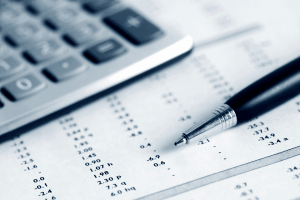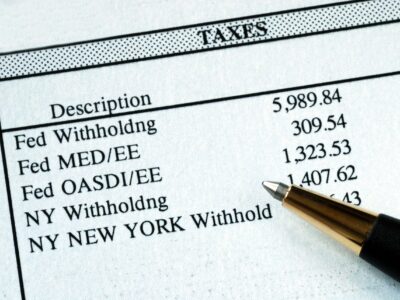
Before diving into the normal balance of an account, it is essential to understand the types of accounts used in accounting. We’ve covered these in drawing normal balance our prior lessons but we need to keep drilling these into your knowledge if you are just starting out. This means that the new accounting year starts with no revenue amounts, no expense amounts, and no amount in the drawing account. Asset, liability, and most owner/stockholder equity accounts are referred to as permanent accounts (or real accounts). Permanent accounts are not closed at the end of the accounting year; their balances are automatically carried forward to the next accounting year.
TCP CPA Exam: Calculate Imputed Interest on Related Party Transactions
- Consider a scenario where a business purchases $5,000 of equipment by taking a loan and then earns $2,000 in revenue.
- For example, terms of “1/10, n/30” indicates that the buyer can deduct 1% of the amount owed if the customer pays the amount owed within 10 days.
- Knowing the normal balance of an account helps you understand how to increase and decrease accounts.
- In this case, the company needs to make the drawings journal entry in order to account for the drawing activity by owner that should not be recorded as an expense.
- When you place an amount on the normal balance side, you are increasing the account.
- We will apply these rules and practice some more when we get to the actual recording process in later lessons.
The drawing account is then used again in the next year to track distributions in the following year. This means that the drawing account is a temporary account, rather than a permanent account. So, if you’re debiting an asset or expense account, you’re increasing its balance. If you’re crediting a liability, equity, or revenue account, you’re also increasing its balance.
- For example, Accumulated Depreciation is a contra asset account, because its credit balance is contra to the debit balance for an asset account.
- Accounts with balances that are the opposite of the normal balance are called contra accounts; hence contra revenue accounts will have debit balances.
- Let’s see in detail what these fundamental rules are and how they work when a business entity maintains and updates its accounting records under a double entry system of accounting.
- Equity (what a company owes to its owner(s)) is on the right side of the Accounting Equation.
- Revenue is the income that a company earns from its business activities, typically from the sale of goods and services to customers.
- It is possible for an account expected to have a normal balance as a debit to actually have a credit balance, and vice versa, but these situations should be in the minority.
- The contra accounts cause a reduction in the amounts reported.
Debit and Credit
Since the service was performed at the same time as the cash was received, the revenue account Service Revenues is credited, thus increasing its account balance. Drawing accounts reduce both the asset side and the equity side of a balance sheet because the total capital of a business decreases when some of its assets are distributed to the owners. Revenue is the income that a company earns from its business activities, typically from the sale of goods and services to customers. When a company makes a sale, it credits the Revenue account. One of the fundamental principles in accounting is the https://x.com/BooksTimeInc concept of a ‘Normal Balance‘.
Drawing Account: What It Is and How It Works

Accounts with balances that are the opposite of the normal balance are called contra accounts; hence contra revenue accounts will have debit balances. It’s essentially what’s left over when you subtract liabilities from assets. When owners invest more into the business, you credit the equity account, hence, it has a normal credit balance. Understanding the normal balance of an account is essential for maintaining accurate financial records and preparing financial statements. It helps identify errors in the accounting system and ensures that financial transactions are recorded correctly. Knowing the normal balance of an account helps you understand how to increase and decrease accounts.


Conversely, crediting an asset or expense account, or debiting a liability, equity, or revenue account, decreases its balance. From the table above it can be seen that assets, expenses, and dividends normally have a debit balance, whereas liabilities, capital, and revenue normally have a credit balance. The above demonstration is one example of a transaction; however, in proprietorship/partnership, the owners generally https://www.bookstime.com/ may do multiple transactions during a fiscal year for personal use. There is a mechanism to record such transactions and adjust the Enterprise’s drawing account in balance sheet for such transactions where the Owner uses business resources (cash or goods) for personal use. However, it is important that every business, be it sole proprietor, partnership or any other form, should be well informed about the rules and regulations of withdrawal in the form of asset of cash. Profitability should not be affected by this in any way, because businesses cannot sustain if cash flow is restricted.
- In this situation the bookkeeping entries are recorded on the drawings account in the ledger.
- Expenses normally have debit balances that are increased with a debit entry.
- Ed would credit his Online store fee account as this is an expense account.
- By understanding and tracking the normal balance of Accounts Payable, businesses can manage their short-term financial obligations efficiently.
- The gain is the difference between the proceeds from the sale and the carrying amount shown on the company’s books.
